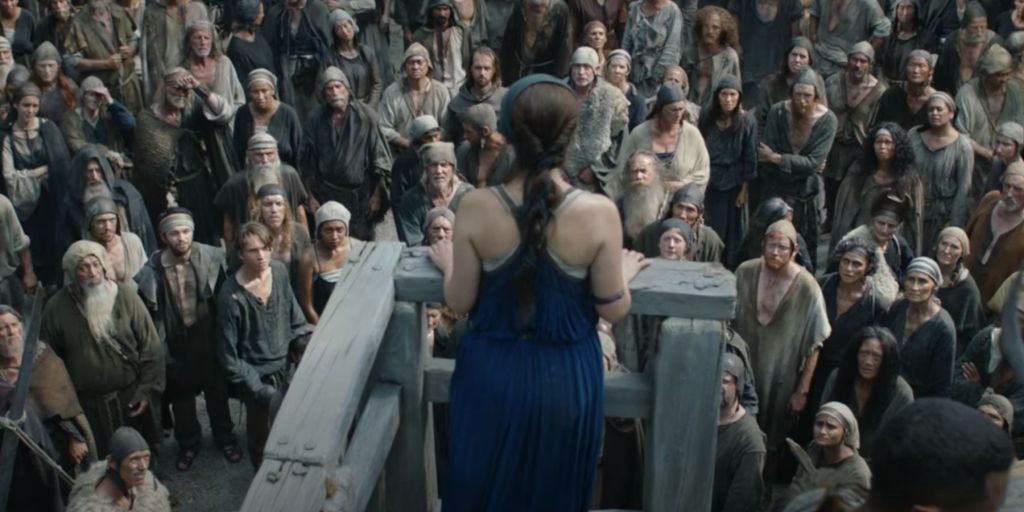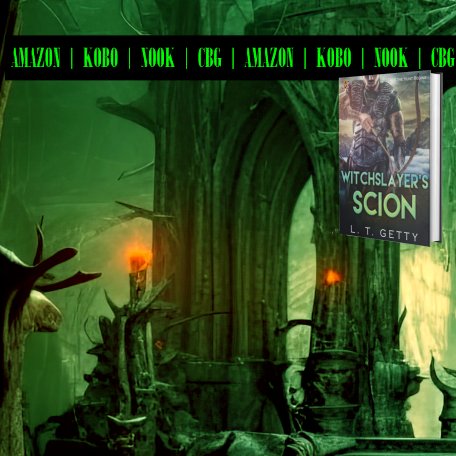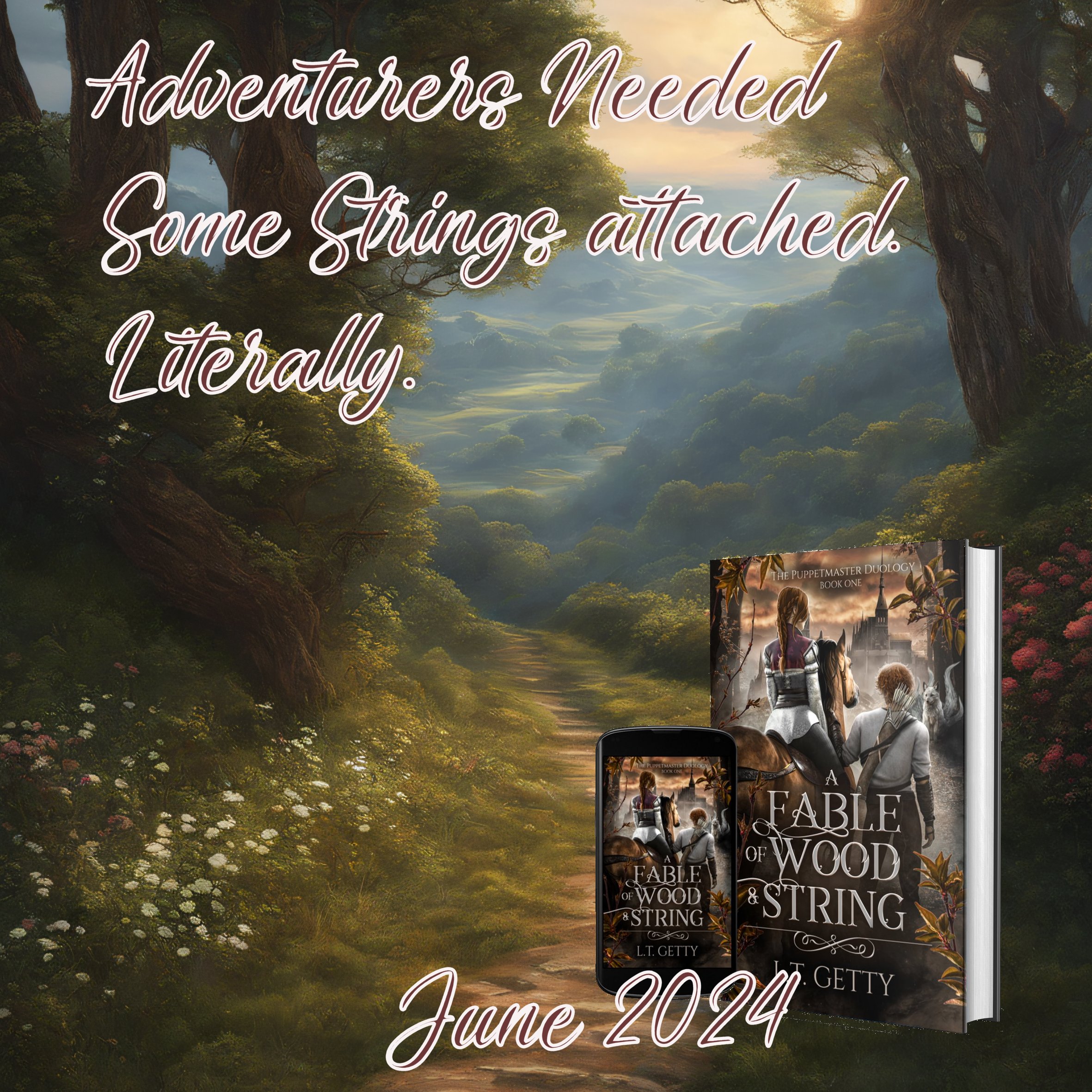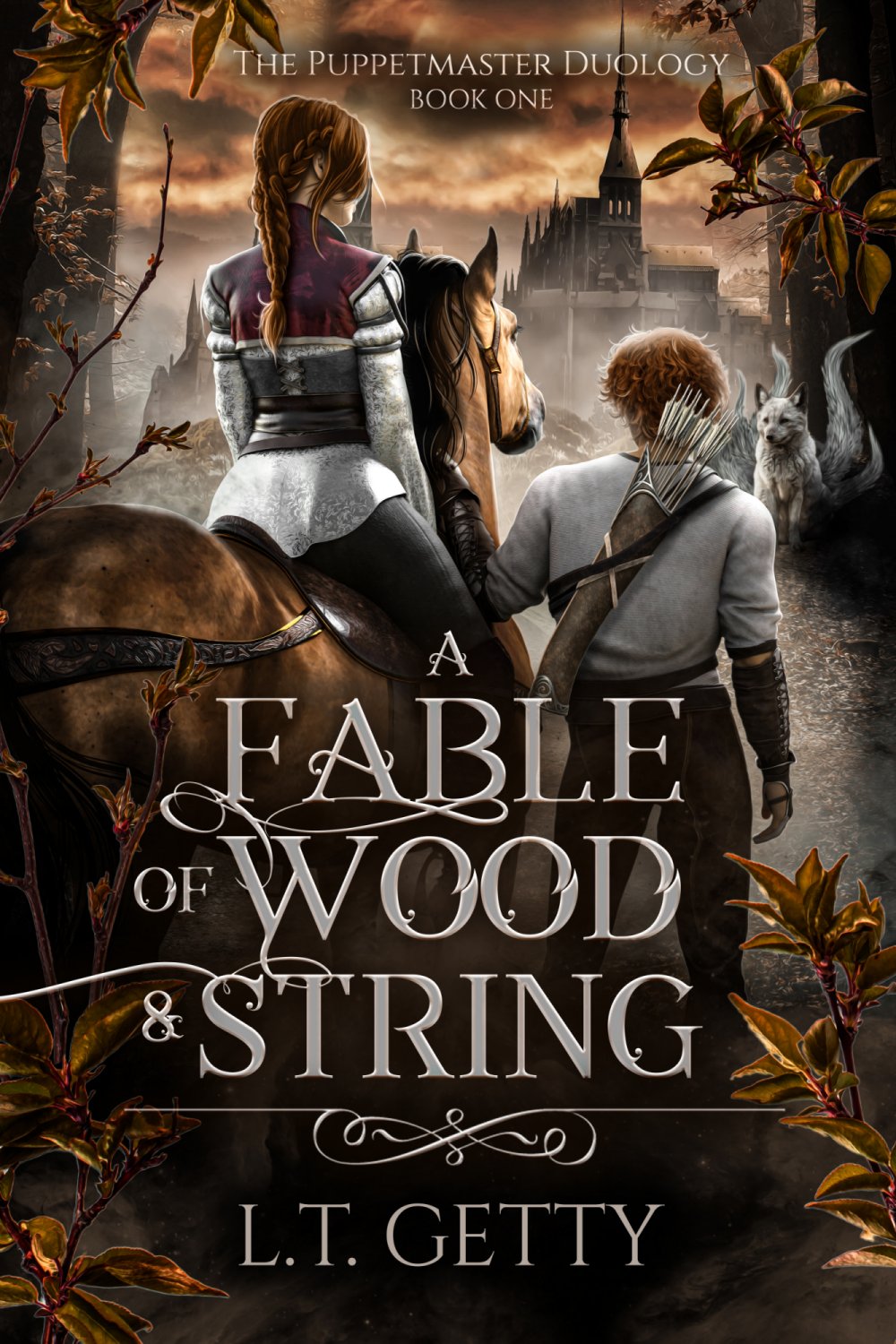Sorry I haven’t updated in a while. Busy editing and planning for summer markets. Kinda burnt out and need to sharpen my axe before I go cut down more trees so to speak, so I figured I’d talk about something that’s been on my mind. Final paragraph is about where I’m going for shows.
At the very first C4 Lit Fest I met an artist and bought some of her prints and kept her business card. I love the cover artist I’m working with who made Fables’ cover as well as some bookmarks, but I like seeing different artists interpretation and if I can, I like to support local artists. I need business cards and want a banner for Black Unicorn Books, so I contacted her and she’s changed her website because she had enough of separating her fantasy art from her ‘real’ art. She’s a classical artist mostly working in traditional paint, and we met up at an art show, talked craft had a good laugh over the elitism against genre.
This is not about pen names or wanting to be more specific for your author brand – audiences who are reading Dreams of Mariposa are different than the ones picking up The Mermaid and the Unicorns – so it would be normal to have different pen names if you have very different work for different audiences, IE here’s my picture book pen name as opposed to me writing murder-mysteries for adults.
This is also not about liking one aspect of a genre but hating on another. Urban Fantasy got popular a few years back and there was a big kerfuffle over that. Genre is huge and sometimes can be hard to place; just because something isn’t aimed at you doesn’t mean all of it’s inherently good or bad.
It’s more about why I write science fiction and fantasy but Margaret Atwood apparently doesn’t.
It’s also normal to paint with broad strokes when you’re not familiar with a genre – when I think Westerns I think John Wayne; when I think romance I think Fabio losing his shirt. This is despite reading plenty to the contrary; I’m not super well-read on either genre but I’ve read enough to know that westerns encompasses more than cowboys and that romance is possibly the biggest, most diverse genre there is. Believe me, there’s plenty of romance readers who don’t like smut; I don’t have the numbers for who makes the most money but there’s a healthy section of Amish Romances whenever I walk into certain Christian Bookstores, so someone is buying them.
Good and bad writing exist within every genre and, if your product gets big enough, more likely than not within the story itself, if only to admit that there’s better and worse books/episodes within a series. To say that all genre is bad and we’ll praise the exceptions as opposed to the rule shows a certain amount of contempt not only for the product, but for the people who create and enjoy it.
I got called out one time by calling Science Fiction and Fantasy Speculative Fiction by a named author. He was right; in hindsight I was trying to survive university but I learned to own it. When someone said “Oh, so you write about elves and dragons” I came up with a better response then, “No”, my response is more like, “I’m not good enough to be Tolkien.”
To me the ultimate insult is when someone gets ahold of a project that is well-loved then tried to “fix it”, which would be fine if they’re say adapting it for a certain audience. I’ve noticed for the past few years, any criticism is met by calling names.
Don’t like the Disney Star Wars trilogy? Well, the OG had bad writing and plot holes. Don’t you know the product is for kids? Grow up.
Don’t like that Rings of Power made Galadriel a kick butt heroine? You’re just sexist. Nevermind that if we were to gender swap her, she’d be a terribly flat character and terrible person. Also, NERD.
Don’t like that The Witcher deviated from the source material? Toxic fans got the series cancelled.
Once the dust settles and it stands up over time, even defenders of the product admit the writing doesn’t stand up over time. Rings of Power saw huge drop off of people watching and, if I’m honest, I only watched it through once and have no interest in rewatching or seeing what happens in season 2. But to say, “Well, the writing was bad, but you didn’t like X in the original” kind of sounds like this little ditty from Lutheran Satire:
Calling people names doesn’t build up the case for good story and good writing. It’s also okay to admit that you enjoyed something and didn’t notice story inconsistency. But if we’re going to hold story to a higher standard – and we should ensure that the writing is solid, the motivations make sense, and that the stories hold up over time – we can’t use the excuse that genre is crap or it’s an excuse for not doing as good a job as something historical.
I have a niece and a nephew who both like manga. They both like fantasy, but it’s in the same way that I liked fantasy the same way that I enjoyed The Three Musketeers or Treasure Island. Settings for an adventure to take place.
One prefers Goblin Slayer the other one is getting into Snow White with the Red Hair. Both are fantasy adventures, aimed at different audiences. I’m more likely to watch the Goblin Slayer Parody but, if I tried to make one more like the other, both demographics wouldn’t be particularly happy. Know what you’re doing and own it, and aim to do the best possible job you can. Good writing, knowing anatomy, whatever your medium is let’s make it so that one can’t deny the quality of the work.
Not much of a thesis in this one. Part 2 will be why certain parodies work, and others don’t.
Ron and Larry will be at the Highland Festival in Selkirk in June – I don’t think there’s room for me so it’s still up in the air if I’m attending. I have been accepted as a vendor for Cook’s Creek Medieval Faire, so far there are four of us confirmed authors; I’m hoping to reach out to more. Probably won’t have copies of Magus Gambit, but I have copies of Witchslayer and the other books; I am hoping Fable will be ready for then but I make no promises, it is really, really good guys and I don’t want to rush it just for a show. Finally, Shelmerdine’s is a go in August and September, will post more when we get closer to those dates.







